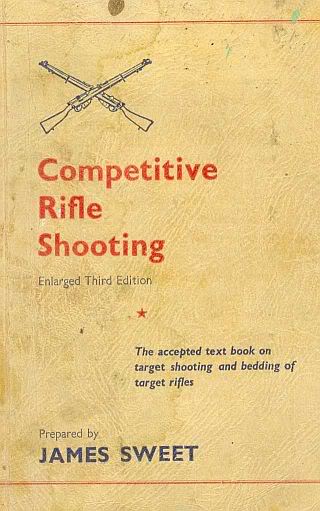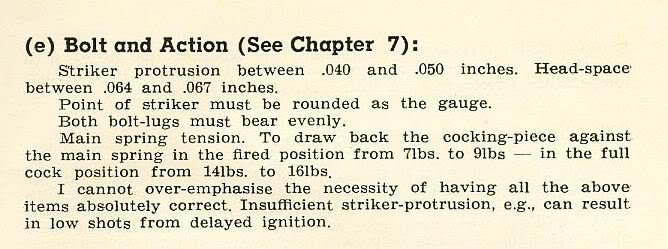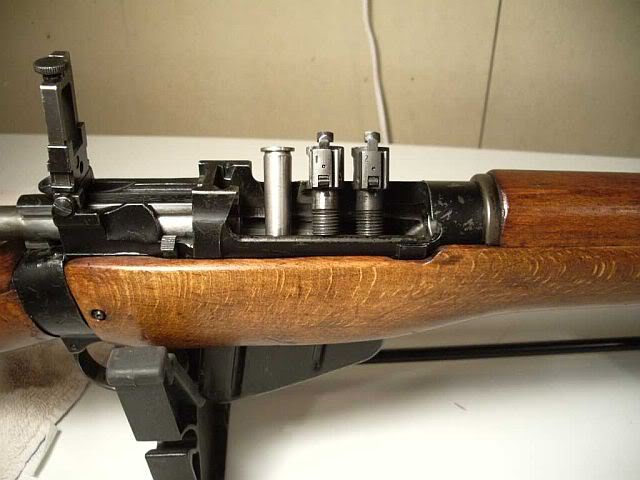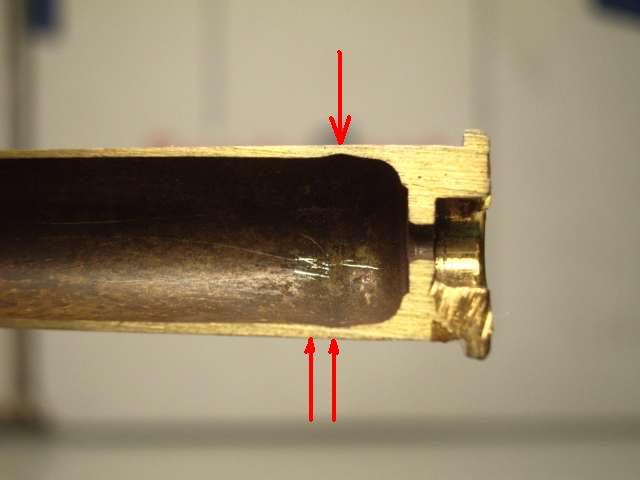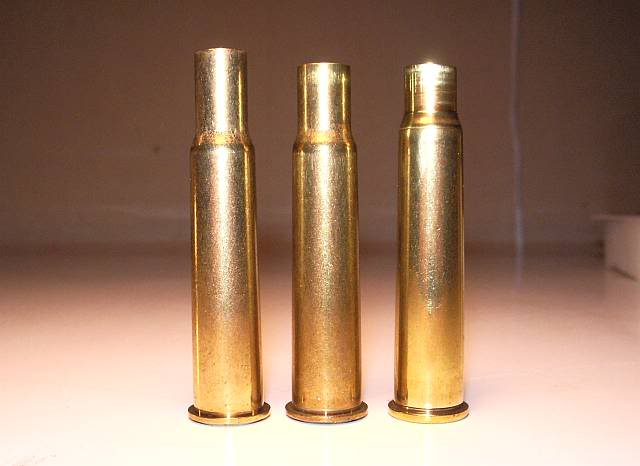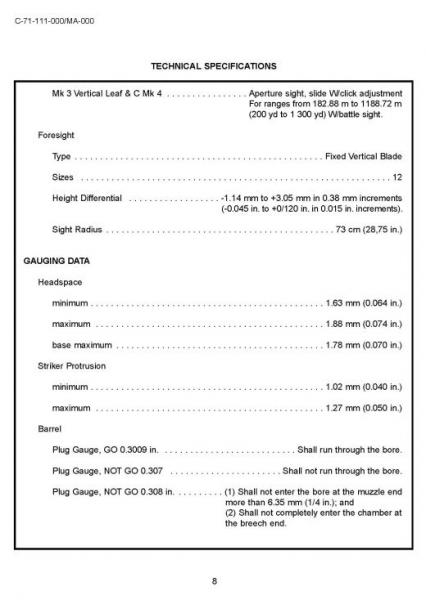The .303 Britishhad a long history of evolution in the British military.
It began as a black powder cartridge chambered in a black powder rifle design. Both cartridge and rifle were changed to cross into the smokeless powder era.
Then comes war upon war in which the .303 cal Lee-Enfield was used.
Subsequently the .303 cartridge was changed more than once. It was also used in a variety of machine guns some that were not of British origin.
I have never seen original chamber and head space specifications for the .303 British cartridge or the Lee-Enfield rifle. By original I mean the original engineering drawings for both the black powder and smokeless powder cartridges and chambers. I suspect that over time there were changes in both the cartridge's and chamber's dimensions for the .303 cartridge as used by the British. This probably includes the headspace gauging standards. I have read of some comments that tolerances of British ammunition as well as trench warfare conditions lead to the demise of the Ross rifle and that Ross rifle chambers were then reamed over size in an effort to insure they would function. I have also read that the Ross rifles were considered to be very accurate. To some degree rifle accuracy is known to be related to a precision chamber.
John Sukey's comment brings up a point. What chamber will you get if you purchase on old original British sporting rifle in .303 especially non-Lee-Enfields such as double rifles, those made on Dutch M95 actions and the slant box Mausers?
The round was originally chambered in the US in the 1895 Winchester lever gun. It may have been chambered in other US sporting rifles such a the 1885 Highwall, Remington-Lee rifles and maybe others. In any event the standards in the US would have been established at that time. It seems to be SOP to claim that SAAMI standards are wrong as compared to current British standards. However it is my hypothesis that SAAMI standards are the original standards adopted by the US during original production of the cartridge and chamber combination. The US commerical arms producers had no reason to change their standards to parallel any British changes required by combat experience. Within a few years the .303 chambering was dropped in US commercial rifle production leaving only the production of ammunition in the US. While the SAAMI standards may not match up to Lee-Enfield specifications they may very well match up with the Model 95 Winchester specifications.
So there may be two sets of .303 standards for good reason. In the US we do not have large quantities of British military ammunition or brass. Until recently for decades we only had the brass and ammunition produced by 2 or 3 US commercial producers. Using this brass it takes special attention to detail to reasonable case life when reloading. This is important to anyone that shoots a good bit because 500 cases now cost the same as a decent rifle.
Most of the gauge makers are chamber reamer makers and they make untold variations of wildcat chamber reamers. I am sure that any of the gauge makers will make any head space gauge you require as a special. Just wave money at them.
All of this discussion seems unusual to me. In the collector world there are many that shoot their rifles little or none. I am not sure why they would even participate in such a thread. Those that are shooters but do not reload might have limited interest since they are going to discard their brass. Those that both shoot and reload would have signifcant interest since there is some motivation to insure they are getting the most enjoyment for their $$$.
Information

Warning: This is a relatively older thread
This discussion is older than 360 days. Some information contained in it may no longer be current.
- Knowledge Library

- MKL Entry of the Month
- Australia
- Austro-Hungarian Empire
- Canada
- Czechoslovakia
- Denmark
- Finland
- France/Belgium
- Germany
- Italy
- Japan
- Norway
- Russia
- South America
- Sweden
- Switzerland
- Turkey
- United Kingdom
- United States
- Yugoslavia
- Is my rifle authentic or a fake?
- Jay Currah's Lee Enfield Web Site
- On-line Service Records (Canada)
- Technical Articles/Research
- Forum
- Classifieds

- What's New?
-
Photo Gallery

- Photo Gallery Options
- Photo Gallery Home
- Search Photo Gallery List
-
Photo Gallery Search
- Video Club

- iTrader











 PM
PM
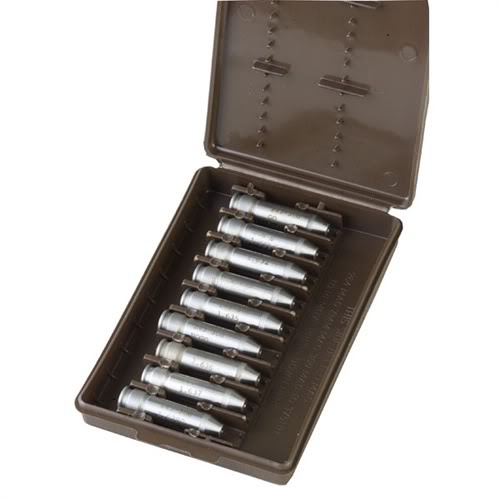




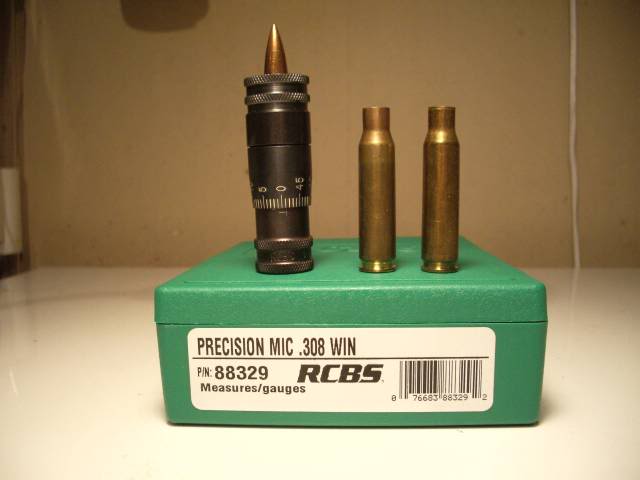

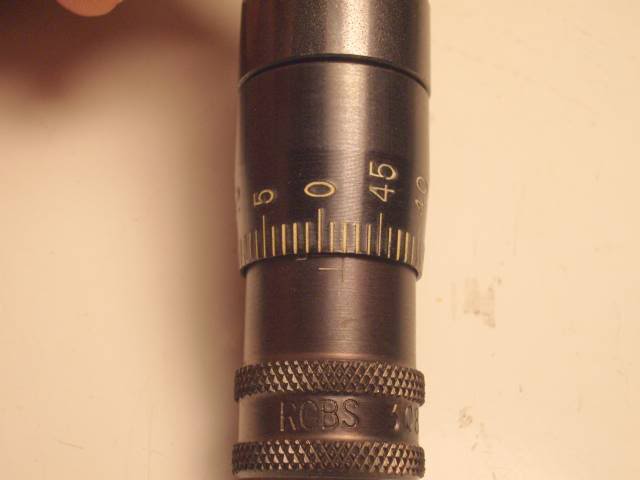
 in my American SAAMI Precision Mic gauge, it is .0015 (1 ½ thousandths) LONGER than my American Winchester .308 cartridge or 1.6295 and might be a tight fit in some chambers.
in my American SAAMI Precision Mic gauge, it is .0015 (1 ½ thousandths) LONGER than my American Winchester .308 cartridge or 1.6295 and might be a tight fit in some chambers.
